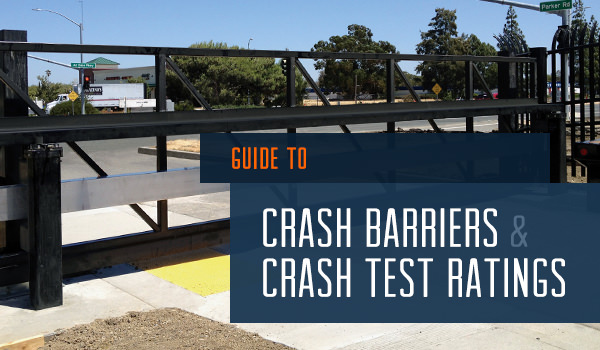Installing, maintaining, and repairing crash beams (also known as crash barriers or guardrails) require cautious planning, consideration to detail, and adherence to security requirements. Here are pointers for every stage:
Installation:
Site Assessment: Conduct a thorough assessment of the installation site. Consider factors such as street layout, traffic move, terrain, and potential impact factors. This assessment will help in determining the appropriate sort of crash beams needed for the particular location.
Compliance: Ensure compliance with native rules and security standards. Different regions may have particular requirements for crash beam design, placement, and materials.
Selection of Crash Beams: Choose crash beams which would possibly be appropriate for the supposed objective and visitors quantity. Consider components such as beam top, length, material (typically steel or concrete), and finish treatments (such as terminals and anchorages).
Proper Installation: Follow producer guidelines and safety requirements throughout set up. Properly set up and secure the crash beams, ensuring they're accurately anchored to withstand impacts and prevent them from turning into hazards themselves.
Reflective Markings: Install reflective markings or delineators on the crash beams to reinforce visibility, particularly during low light circumstances.
Maintenance:
Regular Inspections: Schedule routine inspections to evaluate the condition of the crash beams. Look for https://perimetersecuritypartners.com/our-products/crash-beams/ of put on and tear, damage, or corrosion. Inspections should be conducted no less than every year, but high-traffic areas might require more frequent checks.
Damage Assessment: If any damage is detected during inspections, assess its severity. Minor injury would possibly require simple repairs, whereas in depth harm may necessitate beam substitute.
Cleaning: Keep the crash beams clean and free from particles, vegetation, and snow accumulation. Accumulated debris can hinder drainage, leading to corrosion and compromising the integrity of the crash beams.
Rust Prevention: If the crash beams are manufactured from metal, apply rust-resistant coatings or paint to forestall corrosion. Regularly inspect painted surfaces for chipping or peeling and repair any broken areas promptly.
Repair:
Immediate Repairs: Address minor damages promptly. Small dents or scratches may be repaired without changing the complete crash beam. Repair broken areas according to producer guidelines and security requirements.
Professional Repairs: For important damages or structural issues, it is advisable to hire professionals skilled in crash barrier repairs. They can assess the harm precisely and carry out needed repairs to ensure the crash beams are restored to their original safety standards.

Replacement: If the crash beams are severely damaged or compromised, replacement may be the safest choice. Always use crash beams that meet current safety requirements and comply with local rules.
Documentation: Maintain detailed data of inspections, repairs, and replacements. Proper documentation ensures that you could track the upkeep historical past and reveal compliance with safety standards if required.
By following these tips for installation, maintenance, and repair, crash beams can successfully fulfill their purpose of enhancing highway security and preventing accidents. Always prioritize security, compliance, and high quality when working with crash barrier techniques..
